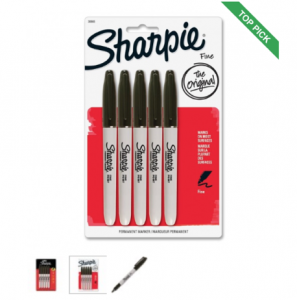Search Engine Optimisation is all about your website being seen at the top of search engines for your chosen keywords.
Don’t be scared by the acronym SEO, it just allows sites like Google to read your website and rate you in terms of how relevant you are to the users search terms.
Don’t jump in blind.
One of two things can happen when you begin an SEO campaign, you can jump in blind and guess your way through the process or you can create a partnership with a company that wants to work alongside you to improve your SEO rankings.
You should always do your research before embarking on any kind of campaign. Check out what your competitors are ranking for and what key search terms they use. Keyword research sounds simple but it actually drives the entirety of your campaign. Try searching for long-tail key words (multiple words to create a search phrase) and short-tail key words (1 or 2 words to create a search phrase) to see where you appear in the search listings, in comparison to your competitors. This is always the best starting place for any campaign, then you can see exactly what is popular and what is not.
Think about your website.
If your website is confusing and doesn’t have a proper structure you may as well forget about SEO. There is no point ploughing money into a campaign if Google marks you down because of your actual website. Today people are obsessed with mobile, it is quickly developing into the new TV and Millennials are using it to search for everything they need in seconds. If your website isn’t mobile responsive you could potentially be missing out on over 80% of internet browsers using smartphone’s.
Mobile can be easily forgotten about, people tend to think that website structure is simple, when in fact it takes time and precise planning. Once your website is easily navigational and has strong content you are already off to a great start with your SEO.
What are Alt/Meta/Title tags?
You don’t have to be a technical genius to use simple tags on your website to optimise an SEO campaign. Although technically ALT isn’t a tag it stands for ‘Alternative Text’, it is used by coders to provide a description of an image. This is what Google reads so it knows what the photos on your website are. The Alt Tag is literally an alternative to the image, if someone had images turned off in their browser or audio descriptive on then that would be the text they saw or heard.
A Title Tag is what it says on the tin, it is the title of something such as a page or an image. This can be confusing as it sounds similar to the Alt Tag, it should work to complement the Alt Tag, but shouldn’t be exactly the same as Google may think that you are stuffing your content or trying to cheat at SEO.
So how does a Meta Tag fit in? Meta stands for ‘metadata’ and it provides a description of the content on your website pages. Meta Tags are used within the HTML coding of the site so they are not visible to the customer. Search engines crawl your site to discover what each page is about, so by using the tags you make it easier for engines like Google to find your content. These bots will read the meta, title and alt tags to figure out what your webpage is about and how to rank it according to its relevance.
Our 5 simple SEO tips:
- Headings, do you have them? Don’t use too many H2 or H3 style headings, mix it up and use smaller ones too, like H4.
- Embed video. Search engines like Google rank websites higher if they have embedded videos on their homepage.
- Loading speed. How fast does your site load? Page speed is a ranking factor for SEO, plus the faster the site loads the more pages customers will look at and this will then generate more conversions for you.
- Content is key. Keep your content up to date and make it fresh, this could be through articles, news, videos, infographics, images, reviews etc.
- Favicon. Does your website have a favicon (a mini logo next to the page title at the top of the web page)? If you have a favicon, then make sure it has an alt tag to aid SEO as this helps identify the page as it is the first thing about your page that Google sees.
What’s next?
Maintaining a marketing strategy that complements your SEO is key in 2017, if you have a great product, get it out there and get it seen by potential customers. There has been debate on how much of your yearly budget you should be spending on marketing and the answer is completely dependent on the company. The industry average for B2B starts from around 10.4% of your yearly turnover, with around 80% of this being spent on digital marketing. As a starting point, we would maintain that if you spent £30k on your website, you should budget around 10% of your website cost (£3000) monthly to drive traffic to your site, through SEO and your digital campaigns.
We all know that investing in SEO is more important than ever. Your company needs an SEO strategy and it remains one of the most important components of branding and online presence. Once you are at the top of sites like Google, the work doesn’t stop either, you have to work hard on your SEO campaign to stay up there.
Digital & Social Articles on Business 2 Community(23)
Report Post


